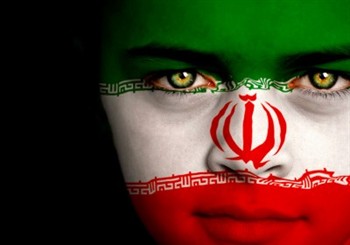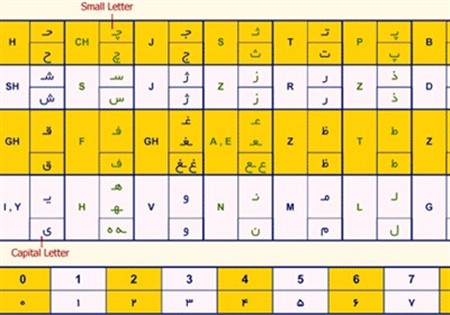Farsi Document Translation
Farsi is a direct descendent of Old Persian which dates back to the 6th century BC. It is an Iranian language belonging to the Indo-Iranian branch of the Indo-European family of languages. Farsi is the official language of Iran, Afghanistan, and Tajikistan. It is also spoken in many other countries including Uzbekistan, Iraq, Turkey, Qatar, Pakistan and Kuwait. There are an estimated 100 million native speaking Farsi speakers worldwide.
In this blog, I will cover tips for translating and localizing documents for Farsi.

Farsi Audience
Have a clear idea of who your target audience is for the document. Is it a restaurant menu, a safety manual or maybe a travel brochure? Does your Farsi speaking audience live where Farsi is commonly spoken or are they expatriates living elsewhere?
Use professional translators or a translation agency with expertise in the language and locale. There are cultural sensitivities which must considered when attracting Farsi-speaking audiences. People who live in Farsi speaking regions build trust and partnerships based on long term relationships. Ignoring cultural sensitivities will be detrimental to your reputation with your audience.
The three main Farsi dialects are:
- Farsi – Iran
- Dari – Afghanistan
- Tajik – Central Asia
Image Credit:
www.iranvisitor.com
Iranian Culture
- The religions of Iran are: Shi’a branch of Islam (90-95%), Sunni or Sufi branch of Islam (5-10%), non-Islamic religions like Christians, Jews and Zoroastrians (.6%).
- Tradition and culture are deeply rooted in Islamic beliefs.
- It is common for members of the same sex to kiss on both cheeks and embrace, but very conservative Muslims may avoid shaking hands or kissing unrelated members of the opposite sex.
- Affluence is shown by fashionable attire, expensive jewelry and accessories and luxury cars.
- Iranians are known for their hospitality and generosity when entertaining
- Strict religious Muslims may be offended by an offer of alcohol.
- Legally and culturally patriarchal, meaning men have more rights and privileges than women.

Farsi Document Translation
Below are some key facts to keep in mind when translating and localizing your documents for a Farsi-speaking audience.
- Farsi is written right to left, except for numerals.
- Most letters are connected to one another.
- It has 23 consonants and six vowels.
- There are no gender, articles or number agreement.
- Diacritic marks are sometimes added to convey a certain sound.
- Farsi uses a slightly modified Arabic script.
- The verb always falls at the end of the sentence.
- There are six tenses for past tense and three for present and future tenses.
- Some Farsi words have double meaning, for example:
شیر [shir] can mean tap, milk or lion
سیر [sir] can mean garlic or full (ie: not hungry)
ماه [mâh] can mean moon or calendar month
Image Credit: whynow.dumka.us
Conclusion
Farsi is a widely spoken language across many regions around the world. There are multiple dialects and the script which can make translating and localizing your documents for a Farsi-speaking audience a tricky process. Hiring professional translators or a reputable translation services agency will ensure that your documents are communicating your message in an effective and culturally correct manner.
Sources:
